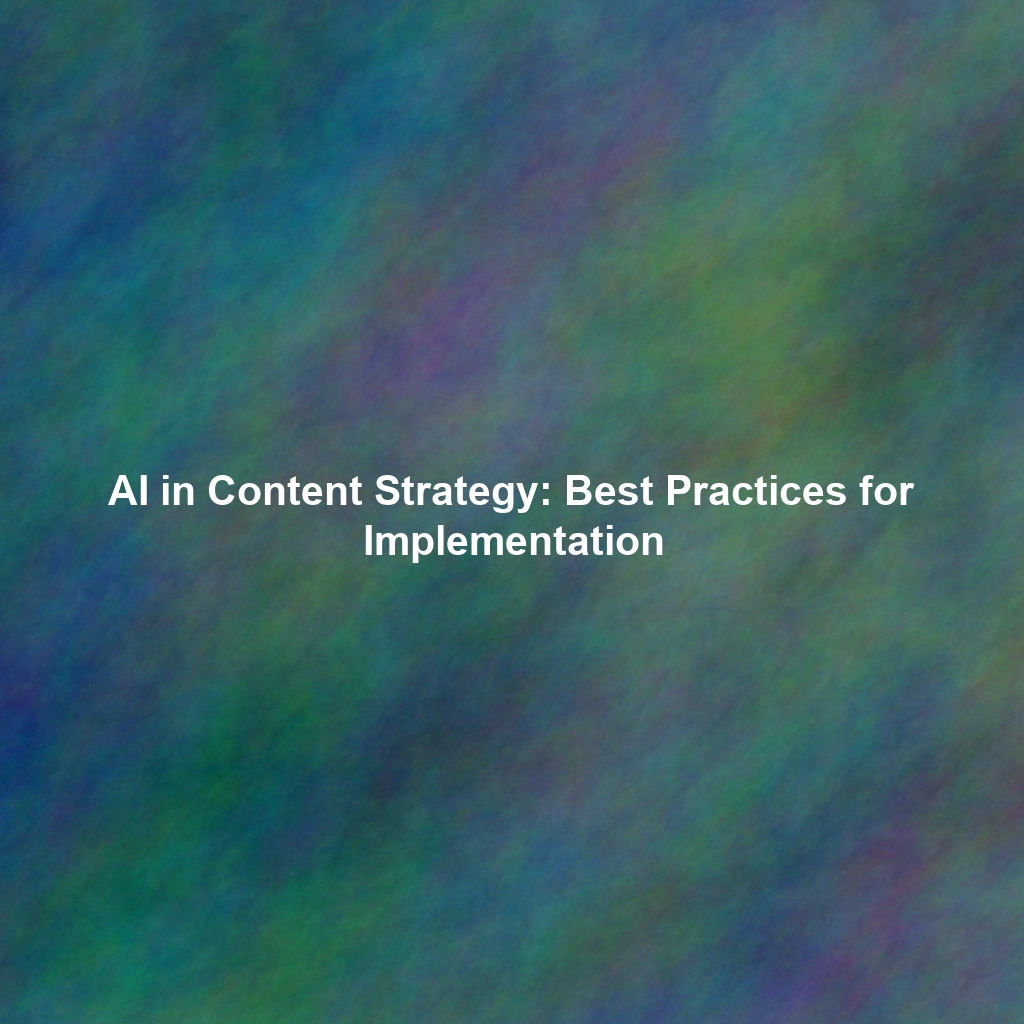In a world dominated by digital noise, the power of non-digital marketing is often underestimated. However, smart marketers are realizing that a well-executed offline strategy can cut through the clutter and forge deeper connections with their target audience. While digital marketing continues its reign, understanding the evolving landscape of non-digital methods is crucial for creating a truly integrated and impactful marketing strategy. This guide delves into the future of non-digital marketing, exploring emerging trends, innovations, and how they can be leveraged for business success.
Why Non-Digital Marketing Still Matters
Despite the digital revolution, non-digital marketing retains several key advantages:
- Tangibility and Memorability: Physical experiences leave a lasting impression. A well-designed brochure or a captivating in-store event is more likely to be remembered than a fleeting online ad.
- Targeted Reach: Non-digital methods like direct mail or local partnerships can be highly effective for reaching specific demographics or geographic locations.
- Building Trust and Credibility: A personal interaction at a trade show or a well-placed advertisement in a reputable local newspaper can build trust and credibility in a way that digital ads sometimes struggle to achieve.
- Reduced Competition: With so much focus on online marketing, non-digital channels often face less competition, providing an opportunity to stand out.
Emerging Trends in Non-Digital Marketing
1. Experiential Marketing: Creating Immersive Experiences
Experiential marketing focuses on creating memorable, engaging, and interactive experiences for customers. It’s about more than just selling a product; it’s about building a relationship and fostering brand loyalty. Think pop-up shops, interactive installations, and immersive events. The goal is to create a feeling, a connection, and a story that customers will want to share.
Example: A beverage company could host a pop-up bar with unique cocktails, live music, and photo opportunities, allowing customers to experience the brand in a fun and engaging way.
2. Hyperlocal Marketing: Connecting with the Community
Hyperlocal marketing focuses on targeting customers within a specific geographic area. This involves using local partnerships, sponsoring community events, and leveraging local media outlets. It’s about becoming an integral part of the community and building strong relationships with local customers.
Example: A local bakery could partner with a nearby coffee shop to offer a special breakfast combo, promoting both businesses to a local audience.
3. Personalized Direct Mail: Cutting Through the Clutter
While direct mail might seem outdated, personalized direct mail is making a comeback. By using data and technology to create highly targeted and personalized mail pieces, businesses can cut through the digital clutter and grab the attention of their target audience. Variable data printing, personalized messaging, and customized offers can significantly increase response rates.
Example: A car dealership could send a personalized postcard to customers whose leases are expiring, offering a special deal on a new vehicle based on their previous purchase history.
4. Guerilla Marketing: Unleashing Creativity and Surprise
Guerilla marketing involves using unconventional and often surprising tactics to promote a product or service. It’s about creating buzz and generating word-of-mouth marketing through creativity and ingenuity. Guerilla marketing campaigns are often low-cost but highly effective.
Example: A bookstore could place stacks of books in unexpected public locations with a sticker that says, “Find me, read me, then pass me on!”
5. Integrating Digital and Non-Digital: The Power of Synergy
The most effective marketing strategies are those that seamlessly integrate digital and non-digital channels. This involves using offline methods to drive online engagement and vice versa. For example, a QR code on a direct mail piece could lead customers to a personalized landing page on a website.
Example: A retail store could offer a discount code for online purchases to customers who attend an in-store event, encouraging them to engage with the brand both online and offline.
Innovations Shaping Non-Digital Marketing
1. Augmented Reality (AR): Blurring the Lines
AR technology is being integrated into non-digital marketing campaigns to create interactive and engaging experiences. For example, a printed catalog could come to life with AR, allowing customers to visualize products in their own homes.
2. Interactive Print: Engaging with Touch
Interactive print materials allow customers to engage with the physical medium in new ways. This could include incorporating touch-sensitive elements, embedded sensors, or conductive inks to create interactive posters, brochures, and packaging.
3. Sustainable Marketing: Eco-Friendly Practices
Consumers are increasingly concerned about the environmental impact of their purchasing decisions. Businesses are responding by adopting sustainable marketing practices, such as using recycled materials, reducing waste, and partnering with environmentally conscious organizations.
4. Data-Driven Offline Marketing: Measuring Impact
Traditionally, measuring the effectiveness of non-digital marketing campaigns has been challenging. However, advancements in data analytics and tracking technologies are making it easier to measure the impact of offline initiatives. Unique URLs, QR codes, and personalized offers can all be used to track customer behavior and attribute conversions to specific offline campaigns.
Conclusion
The future of non-digital marketing is bright. By embracing emerging trends, leveraging innovative technologies, and integrating offline and online strategies, businesses can create impactful marketing campaigns that resonate with their target audience. Remember that the key is to understand your audience, tailor your message, and create experiences that are memorable, engaging, and relevant. Don’t underestimate the power of a personal touch in an increasingly digital world. Investing in non-digital marketing can forge deeper connections, build stronger brand loyalty, and ultimately drive business growth. The best marketing strategies are those that blend the best of both worlds – the reach and efficiency of digital with the tangibility and memorability of non-digital.
 Skip to content
Skip to content

